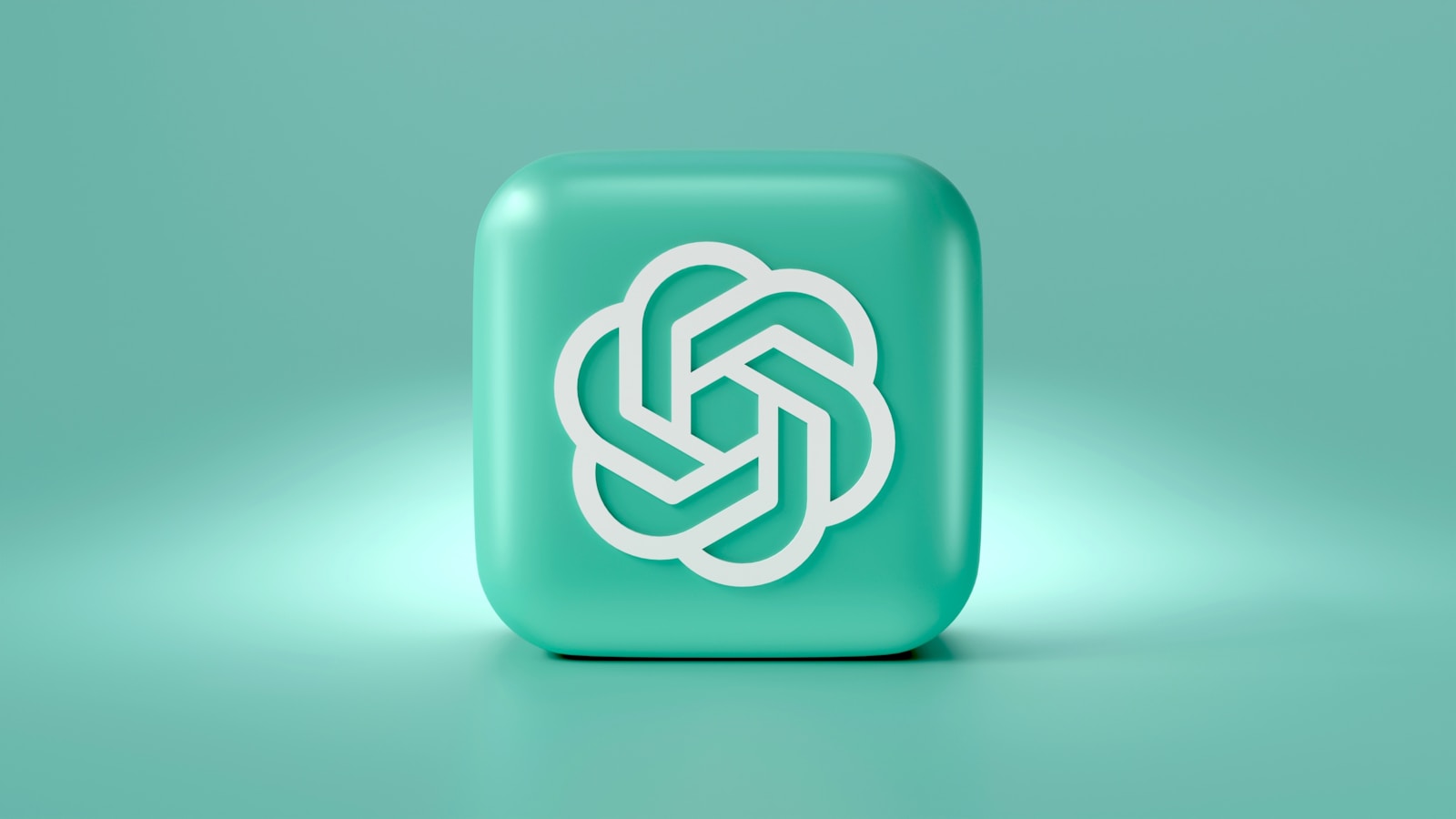Key Takeaways
– AI lets businesses offer each customer a different price
– Personalized prices can lead some people to pay more
– Using cash and clearing cookies can help you avoid high prices
– AI pricing models often lack transparency and fairness
– We need rules to keep personalized pricing in check
The Rise of Personalized Pricing
First, AI powered pricing lets companies tailor costs based on each person’s data. For example, an airline may charge one passenger more than another for the same seat. This simple change boosts profits. At the same time, many travelers and leaders have voiced concerns. They worry these hidden price changes may hurt shoppers.
History of Custom Prices
Long ago, shop owners set different prices for each buyer. They judged wealth and need in person. People then haggled until they reached an agreed cost. An old joke tells of a rich man who complained about egg prices. The shopkeeper replied that rich customers are rare, not eggs. This story shows how price varied by buyer.
However, this face to face bargaining faded over time. In 1876 John Wanamaker opened a store in Philadelphia. He fixed prices for every item. Customers no longer had to negotiate. Fixed tags made shopping quicker and simpler. Soon almost every store adopted set prices.
Why Set Prices Became Popular
In addition, fixed prices let shops hire lower paid workers. They no longer needed expert negotiators. Moreover, companies could use a simple cost plus rule. They added a fixed markup to each item’s cost. For example, a warehouse club adds around fifteen percent. If something costs them one hundred dollars, they price it at one hundred fifteen dollars. This rule treats all customers the same but misses profit chances.
How AI Changes the Game
Then came AI pricing. It uses huge amounts of data from credit cards and apps. Each swipe or click builds a profile of what you buy and how much you earn. As a result, AI can find out how much you will pay. So it charges more to big spenders and less to bargain hunters. This tactic is known as personalized pricing.
Furthermore, the FTC has warned that these algorithms may even talk to each other. They can raise prices together without any human deciding. This hidden teamwork can push costs higher for shoppers everywhere.
Current Laws and Their Limits
Some states demand that stores show one price for each item. However, online stores can hide behind digital coupons. They send different discounts to every shopper. So even strict rules fail to stop smart pricing methods.
Tips to Outsmart AI Pricing
Luckily, shoppers can fight back. First, pay with cash in stores. Cash leaves no digital trace. It stops machines from linking your purchases to your profile. Second, clear your browser cache before you shop online. Doing so removes cookies and past searches. As a result, AI sees you as a new visitor. Third, watch your location data. Many sites use your IP address to guess your income. If you use a VPN set to a cheaper region, you may see lower prices. Finally, delay your purchase. Putting an item in your cart and waiting can trigger a discount offer.
Example of Price Shifts
For example, a business professor once booked plane tickets from Botswana. At first, the ticket cost two hundred dollars. Later, his VPN switched to a wealthy US neighborhood. Suddenly, the price jumped to one thousand dollars. By disabling the VPN, he saw the original low price again. This shift shows how location data can alter your bill.
The Dark Side of Personalized Prices
However, these tactics harm some people. For instance, shoppers with low tech skills may lose out. They might never know about hidden price shifts. They can’t spot unfair charges without clear rules. In addition, AI models often lack transparency. No one knows how they pick who pays more. This secrecy can lead to bias and unfair treatment.
Why We Need New Rules
Therefore, we must talk about new laws. First, we could require clear explanations of how AI sets prices. Second, we might cap the range between the highest and lowest price. Third, we could protect low income shoppers from steep markups. In addition, lawmakers can force companies to publish regular reports on their pricing models.
The Future of Shopping
Meanwhile, tech keeps evolving. AI may soon tailor not only prices but also product suggestions and delivery times. Every click and scan will feed back into how much you pay. If we do not act now, personalized pricing could become the norm.
A Call to Action
In the end, personalized pricing offers big gains for businesses. Yet it threatens fairness and privacy. By using cash, clearing cookies, and watching our IP address we can fight back. Still, we also need clear rules to keep pricing honest. Let’s start the conversation today so consumers can shop with confidence tomorrow.

